Mini Sessions sound like a cute way to turn a quick profit. Build a pretty set, book and service a lot of clients in a day, and make money! But are mini photo shoots truly as good an idea as they sound or are they secretly ruining your photography business? Let’s investigate.
A mini session is, in layman terms, a very short photo shoot. Mini sessions are preset photo shoots at a lower cost than a full session. Clients can come to a mini session and get snapped in a short period of time. Mini sessions are a great way for new clients to trial a photographer or get quick seasonal updates on their family portraits.
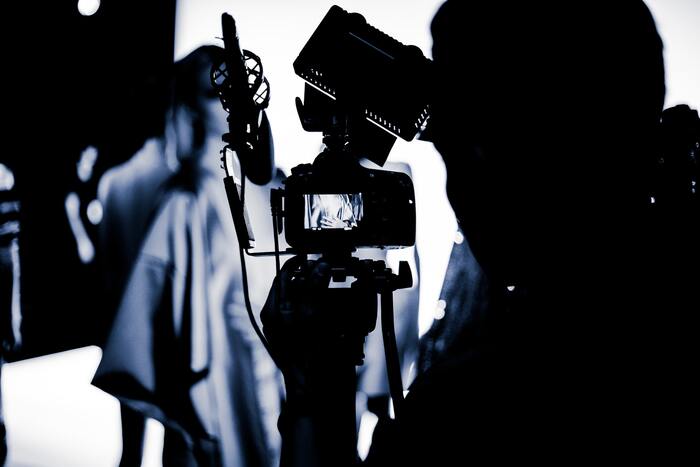
There are so many different types of mini sessions. Really, a mini session can be whatever you desire it to be. However, the most common mini sessions include the following:
These mini sessions are dependent upon the season or popular holidays. Many photographers who structure mini photo shoots tend to base them on a theme. These themes can be Spring, Summer, Fall, and Winter or beloved family holidays like Christmas or Halloween. These mini sessions have the perk of being easier to sell than a full session, as many families love to get photographs taken for their holiday cards.

Event mini sessions are when a photographer partners with an event or some kind of business and hosts the session there. This has the benefit of a location being provided to you. This way, you also have the ability to market to the partner’s already established client base. For example, I often host mini session events at a fox conservation facility.
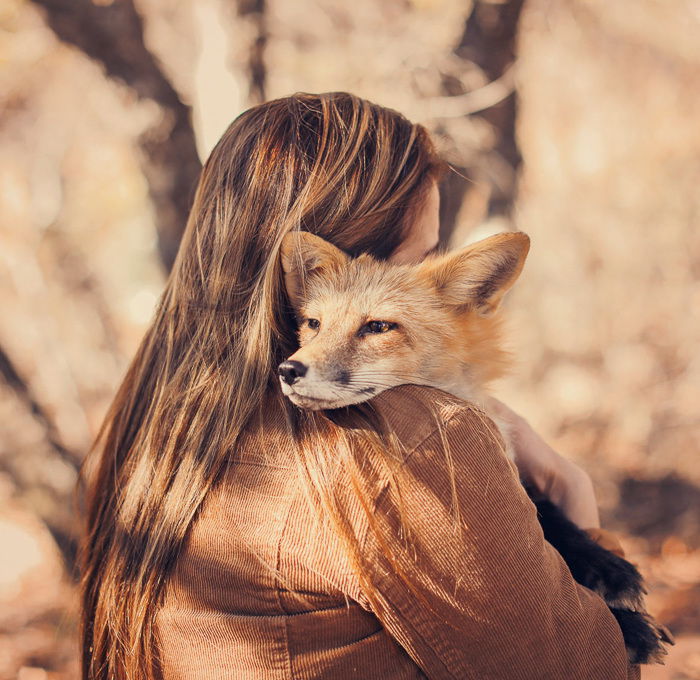
Mini sessions with the purpose of introducing new clients to your photo shoots. They can also be great for establishing yourself in a new area and a fast way to get your name out there. These introduction sessions don’t necessarily need a theme, but having them be styled is a good idea.

The benefit of mini sessions is that you plan just one day and every session adheres to your plan without any change! Unlike full photo shoots in which each client receives their own custom shooting plan.
To plan a mini session, first, figure out what kind of session you plan to do.
The next is picking a location (or solidify a location that is provided to you). Mini sessions can take place in a studio, a store, or in the great outdoors. The date is also important – select a date that you consider the best for your theme or event.
Next, come up with a set design or how you want to capture each client. Mini sessions don’t need a set, they can be shot in a beautiful on-location spot. But if you are building a set, this is the step where you should plan it. Styled sets tend to get more attention than unstyled ones.
Following this, figure out how much time you want each session to be and how many clients you want to book for the day. Equally, consider your business model and how you will pursue it.
Set a price. Figure out an efficient workflow for the day and to book the clients. Once you’ve figured everything out, the last step is to market the sessions!
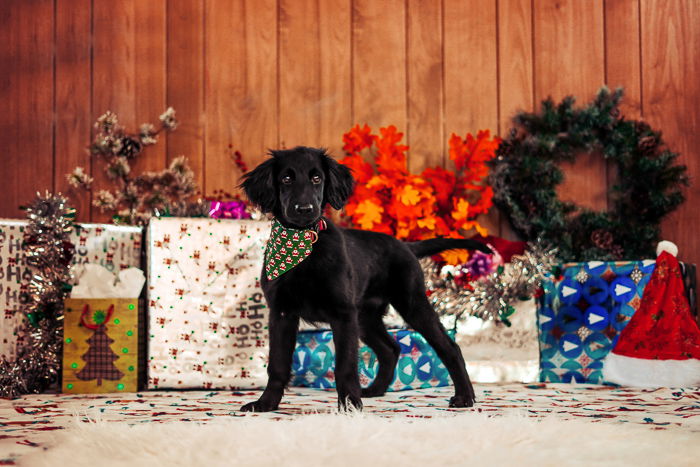
Pricing is always a tumultuous debate. Note that mini sessions are not discounted versions of your regular photo shoots. You are welcome to market these sessions as such (though it may bite you later on). But with regard to how mini sessions are priced, you shouldn’t base their quote off of your full session price.
Just as you would be pricing your regular sessions, calculate your cost of doing business when putting together a mini session event. This includes (but is not limited to)…
Once you’ve figured out a general idea of how much you need to put out of your own pocket to make a mini session happen, determine the time of each session. Decide on how many clients you’d like to serve in the duration of the day.
Calculate this number and then mark it up based on what you’d ideally like to earn as a reasonable profit.
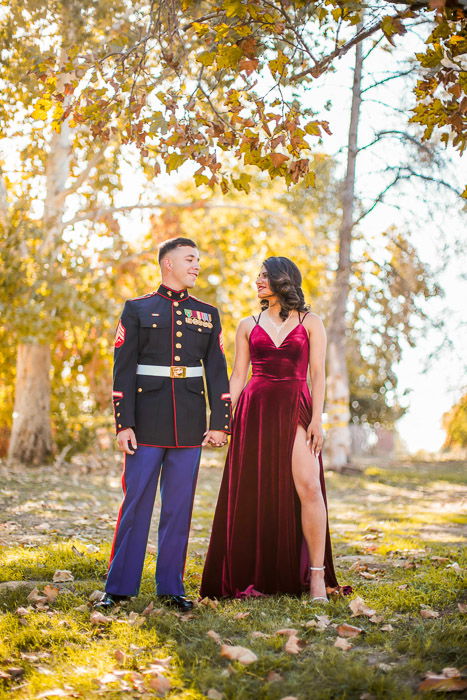
Remember that a lot of this also factors into how you set up your mini session, such as whether or not images are included or you’ll be doing additional sales.
Equally, you’ll need to determine if your pricing fits within the market of your area. Is the price something that is considered generally reasonable to your clients or potential clients? Can the market of your area justify the price? You can learn a lot about this by peeking at how other professionals in the area price their sessions.
If your pricing does not fit, you may want to adjust your cost of doing business. Maybe get less expensive props or find another location, for example.

This depends on whether or not you’ve priced your sessions correctly. The cost of doing business should be fully covered at the end of the day. If it is not, you’ve done something wrong.
Breaking even is still a negative in my eyes, so you need to not only cover all expenses but also walk away with extra cash in your pocket.
Bonus tip: require the session to be paid up-front to lessen the chance of no-show clients.
Although you can do a clever mix of both. Most photographers are either IPS (in-person sales) photographers or S&B (shoot and burn) photographers.
In-person sales photographers charge the client for the session but images are not included in this cost. After the shoot, the photographer creates a gallery and shows the images to the client in-person. The client then goes over the images with the photographer and purchases the photographs they want. These are primarily in the form of physical products (prints, books, etc). Although digitals can be sold, the focus of IPS is to sell prints.
IPS is generally considered the most profitable form of running a photography business. Mini sessions can be very monetarily satisfying when IPS yields large orders.
Shoot and burn photography is when the photographer gives the client the photographs after the session at no additional cost. Previously, shoot and burn photographers were taking unedited images straight off of the camera and gave the photos to the client directly. However, with improvements in technology, photographers can do quick batch processing on the images and give the photos to the client edited.
Shoot and burn is considered less profitable than IPS, but can be more attractive to clients depending on your demographic. Mini sessions can be easier to book with this business model.
For mini sessions, I personally do a mixture of both. A handful of images are included and the rest can be purchased at an additional cost.

After many years of doing mini sessions, I can say with absolute certainty that your workflow efficiency will make or break your success. You really need to have a good grasp on how the day will run, how photos will be processed, and the overall client experience. This way, you can ensure that you are not working super hard for little money.
But, first things first. Figure out a booking process so that you can schedule clients quickly and easily without overbooking or double-booking! I suggest using a calendar app or scheduler to show open and booked slots.
During the booking process, ensure that the client has all the information he needs on the mini session. This can include showing examples of the finished product, disclosing what is included in the mini session, or taking some payment upfront to minimize no-shows.
Next, figure out how the day is going to flow. Have all your lighting and location set up in advance. Figure out a timing system that notifies you when a time slot is up, and how you want to shuffle clients in and out of your set.
Then, figure out your post-session workflow. Are you going to process all of the photos, or will the client be choosing first? How are you going to follow up with your clients? How will the photos get delivered? These are all questions that need clear answers prior to the mini session event.

In order to book mini session clients, you have to market the event! Advertise at local businesses, send out a newsletter, email, get some social media ads going, and so forth. The key here, however, is to make sure your advertising efforts aren’t inadvertently damaging your photography business. Make sure that the mini sessions are not being shown as a discount to your regular photo shoots!

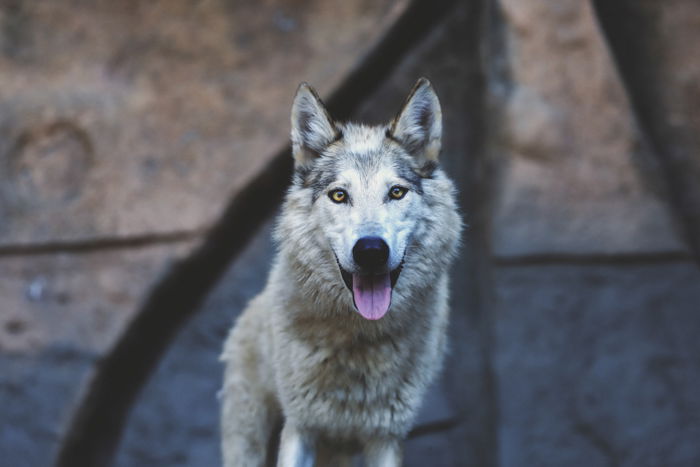

Some say they do because of the precedent of low-cost photography.
I would personally state that they do not because mini sessions are not meant to be structured like full photo shoots. Mini sessions are quick professional snippets and cannot be compared to a full session.
You have to remember, though, that if you do not structure or market your mini session event properly, it can cause your photography business to be ‘cheapened’ by setting a bad precedent. This is where mini sessions can be a bad idea.
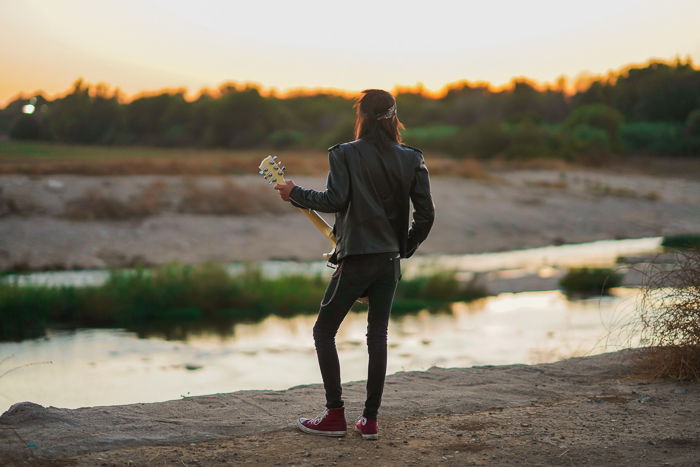
Whether or not mini sessions are a waste of time or a valuable extra depends entirely on how well you put a mini session event together. You need to make sure they fit into your overall business goals and plans. Make sure to plan your mini session properly beforehand and use it to showcase your style in your online gallery and get a more extensive client base.